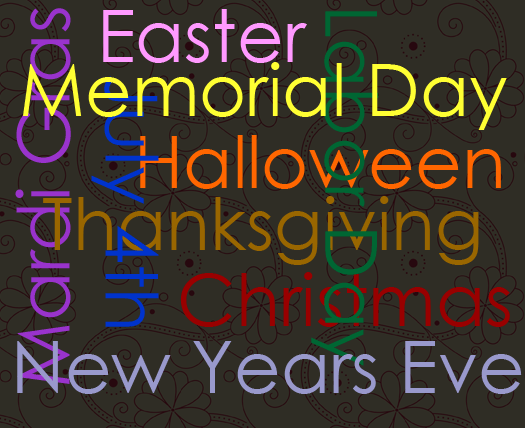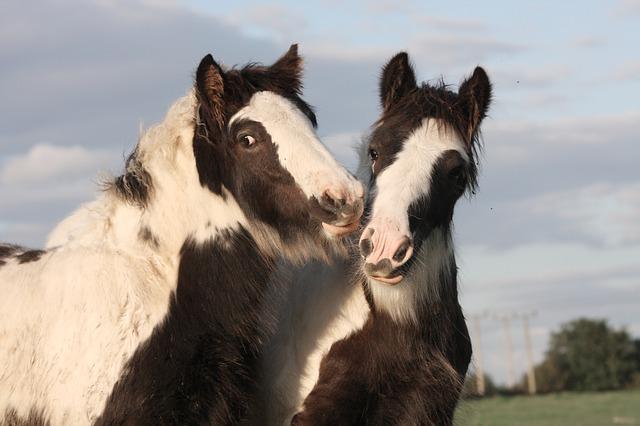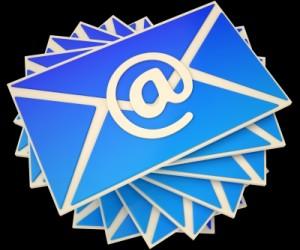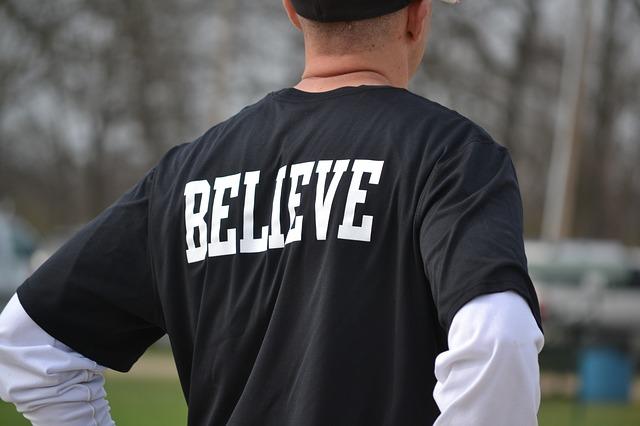Does Your Nonprofit Promote Stock Gifts? You Should!
Guess what strategy you’re likely not using enough that really works to facilitate organizational growth?
And you want to keep growing, right? Because if you stop growing, you wither and die. You either want to do more of what you’re doing, or do what you’re doing better. Or both. And… you can! You should!
Ready to have your mind blown?
There’s a super simple thing you can do to dramatically increase your contributions.
You can easily put this in place before the end of the calendar year — when most donors make their gifts.
Trust me. You’re going to want to read the rest of this article.
Because you’ll learn there’s one thing growing organizations have in common.
And it may surprise you.
Ready?
Details







